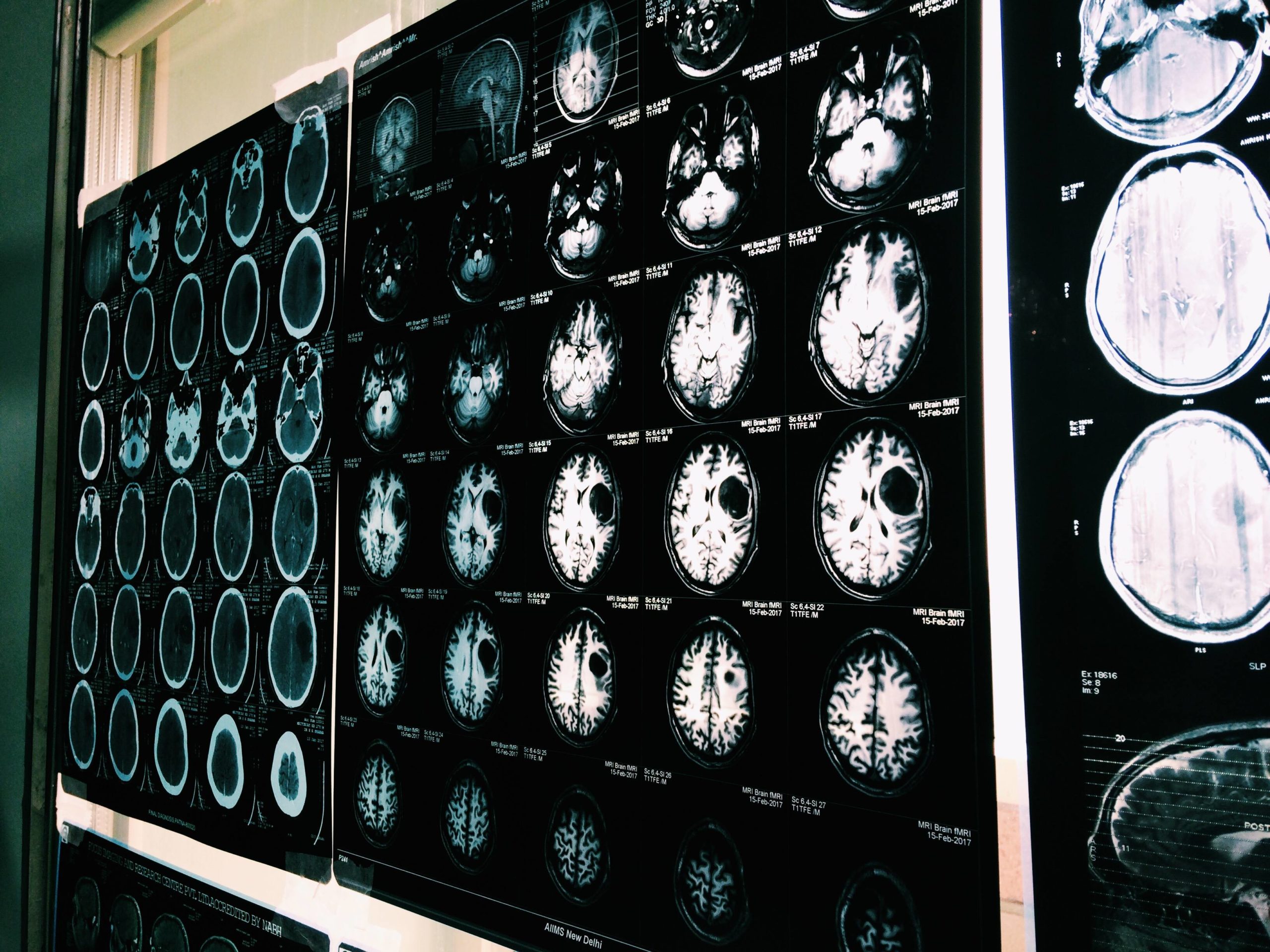[Written By: Joanna Ashby]
Research into Brain-Computer Interface (BCI) technology is one of the most exciting and rapidly-advancing frontiers in Bioengineering – ranging from efforts to reverse blindness, deafness, and paralysis, to detecting consciousness in patients suffering from ‘locked-in’ syndrome, where they are unable to move or communicate in any normal way. The brain will always capture the attention of the scientific community – and it is in Silicon Valley, a centre of innovation, entrepreneurship and technology, where Matt Angle is conducting his research in the field.
In July 2017, the U.S. Department of Defence selected Dr. Matt Angle’s San Jose-based start-up, Paradromics Inc., to lead one of the six consortia it is backing with $65 million to develop technology to simultaneously record one million neurones in the brain. The Pentagon contract, handed out by the Defence Advanced Research Projects Agency (DARPA), offers a peek into the cutting-edge technology behind the new Neural Engineering Systems Design program. Vaulted to the top ranks of Silicon Valley companies surging into the field of brain-computer interfaces, Angle joins tech giants such as Facebook and Elon Musk’s Neuralink, a company developing brain implants to blend human with artificial intelligence. Some of these groups are set on implanting chips into healthy people’s brains, while others plan to optically read brain activity from outside of the skull. Paradromics’ hopes to create ‘a modem for the brain’ – letting the blind see and patients with ALS speak, the latter being Paradromics’ initial focus.
Their two-way device would be planted inside the skull and record from the superior temporal gyrus, a brain area involved in audio processing that decodes speech in sound units called ‘phonemes’. In an environment where many start-ups are devoted to the easy opportunities and short-term results of social-networking or dating apps, Paradromics is set on working towards improving some of the most debilitating conditions in the medical field.
Dr Angle has a background in nanotechnology and neuroscience. As a graduate student at the Max Planck Institute for Medical Research at the University of Heidelberg and a post-doctoral researcher at Stanford University, he was immersed in the development and study of neural recording technology. As CEO of Paradromics Inc., founded in 2015, Angle has assembled a team of physicists, electrical, software, and mechanical engineers to develop high-bandwidth neural interfaces for these advanced prosthetic therapies.
BCI in a nutshell?
We have developed a small computer chip that can be implanted into the brain to restore sight, speech and movement. Our device is called the Neural Input-Output Bus (NIOB) and uses bundles of microwire electrodes to interface with neurones where four bundles, containing 200,000 microwires, would record from or stimulate one million neurones. The people who would benefit the most from this technology include those who suffer from ‘connectivity disorders’ like blindness and paralysis, where we would implant the device in the visual cortex for blindness, or the motor cortex for paralysis. The two-way device reads neuronal signals and then conveys sights, sounds or sensations back to the brain.
Is it all new technology?
The microwire electrodes we use have been around since the 1960s, they were just un-scalable to the human brain. I first heard about them through the father of an old college friend who mentioned a small company called Eliri developing microwire technology in Moldova. The company developed a way to stretch hot metal and mass-produce coils of extremely thin insulated wires that were 20 microns thick. We have sharpened and calibrated those wires, scaling them up, allowing for a greater contact between the chip and neurones in the brain.
Your thoughts on using brain implants for cognitive enhancement?
There are two considerations here – one is technical, the other is regulatory on a societal level. Technically, we are quite some way away from implanting prosthetics for higher cognitive function, memory, and mental health. With regard to regulation, it would be a question of deciding how serious a medical condition would need to be to warrant the risks of the brain surgery that would be required to implant the device. The first milestone is safely and effectively using brain implants to treat serious medical conditions. Further technical challenges ahead include safety, privacy, and ethical considerations. We are going slow and playing it safe, aiming to begin clinical trials in 2021.
Working in Silicon Valley?
As a really small field, we benefit a lot from Elon Musk’s Neuralink and Bryan Johnson’s Kernel. After working in Europe for four years, there was a stark culture shift that came with the ultra-high confidence environment. Balancing that external messaging with the deeply self-critical nature required to do good work in research has been one of the more interesting human aspects of living here.
Career advice for students?
For students interested in having a career in innovation, research, or start-up technology, I would encourage them to follow their interest. I have seen people waste a lot of time by not prioritizing their interests. Think of lightning bugs. You can keep chasing each bug you see that lights up. Or you can pick a bug against the night sky and focus your effort on following that single one. If you want to have a career that is meaningful, I think that following your interest is an effective approach.

